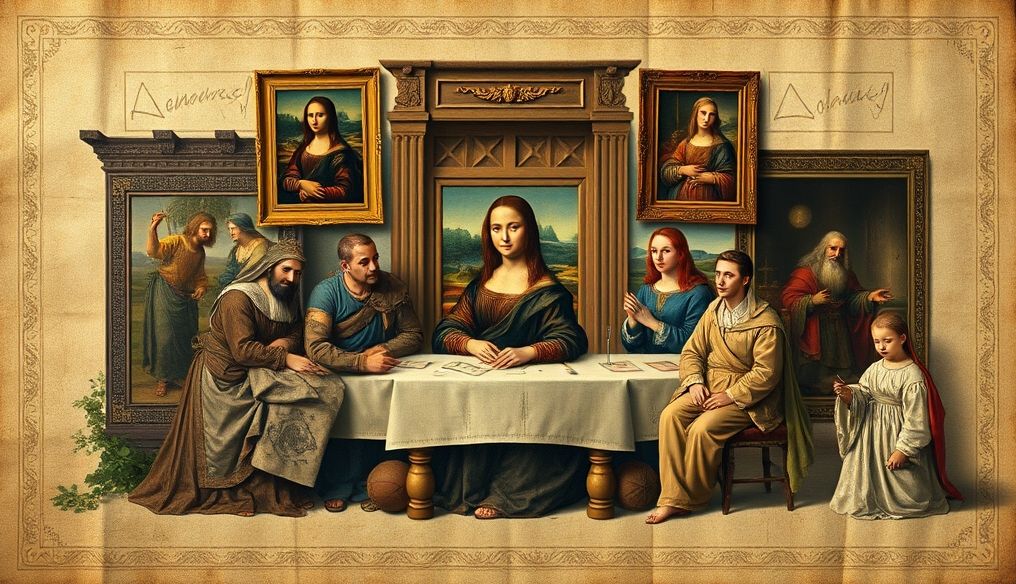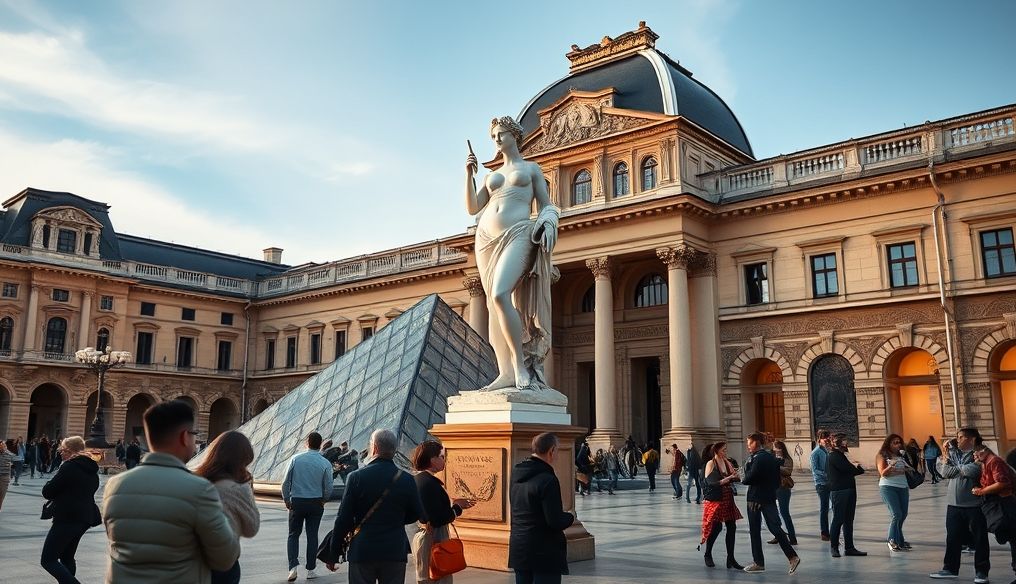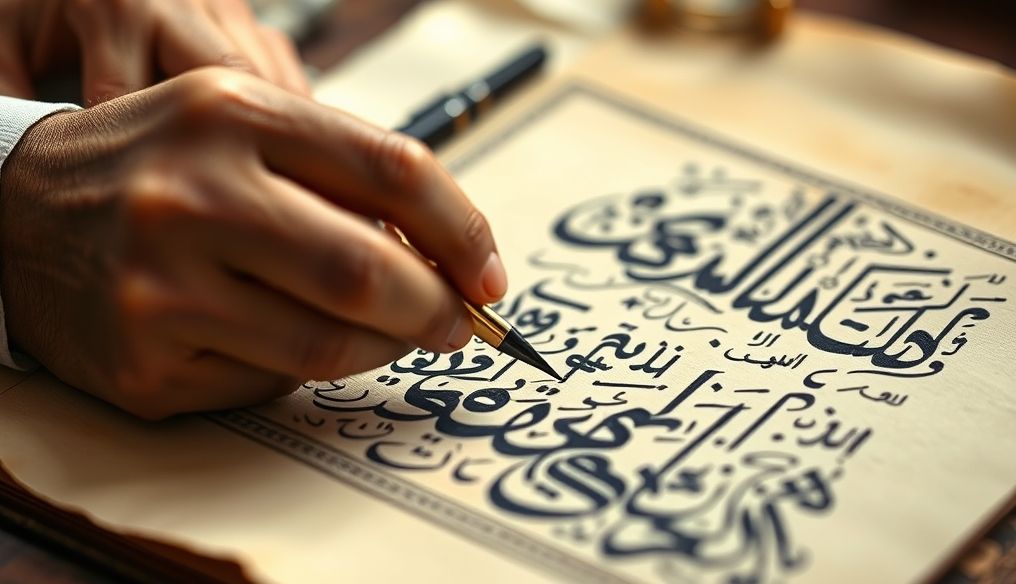What are Leonardo da Vinci's Most Famous Paintings Besides the Mona Lisa and Why are They Considered Artistic Icons?
Leonardo da Vinci, the quintessential Renaissance artist, engineer, and scientist, is considered one of the greatest minds in history. While his "Mona Lisa" is undoubtedly the most famous painting in the world, da Vinci produced many other masterpieces that deserve just as much appreciation and attention. In this article, we will explore da Vinci's most famous paintings besides the Mona Lisa, and delve into the reasons that have made them timeless artistic icons.
1. The Last Supper
“The Last Supper” is one of the most famous religious paintings in the world, depicting the moment Jesus announced to his disciples that one of them would betray him. It was painted in the late 15th century in the refectory of the Convent of Santa Maria delle Grazie in Milan. The painting is distinguished by its dramatic composition, its innovative use of perspective, and the accurate expression of emotions on the faces of the characters.
Significance of The Last Supper:
- Dramatic Composition: The composition focuses on Christ in the center, while the other characters react to his announcement in different ways, creating a sense of movement and tension.
- Perspective: Da Vinci brilliantly used linear perspective, with the lines converging at a vanishing point behind Christ's head, drawing the viewer's attention to the main character.
- Expression of Emotions: Da Vinci succeeded in portraying a wide range of emotions, from surprise and shock to anger and denial, on the faces of the disciples.
2. Lady with an Ermine
“Lady with an Ermine” is a portrait of Cecilia Gallerani, the mistress of Ludovico Sforza, Duke of Milan. The painting is distinguished by its beauty and elegance, as well as its accurate capture of Cecilia's personality. The ermine that Cecilia holds symbolizes purity and moderation, as well as being a pun on Cecilia's name in Greek (galē means ermine).
Significance of Lady with an Ermine:
- Realism: The painting features stunning realism, with Cecilia's features and expressions depicted with great accuracy.
- Composition: Cecilia's twisted posture with the ermine adds movement and dynamism to the painting.
- Symbolism: The ermine adds an extra layer of meaning to the painting, linking it to Cecilia's personality and status.
3. Annunciation
The "Annunciation" depicts the moment the angel Gabriel announced to the Virgin Mary that she would conceive the son of God. The painting is distinguished by its beauty and tranquility, as well as its skillful use of light and shadow. It was painted early in da Vinci's artistic career, and already shows his exceptional talent.
Significance of Annunciation:
- Tranquility and Beauty: The painting evokes a sense of peace and serenity, with Mary and the angel depicted in a calm and comfortable environment.
- Light and Shadow: Da Vinci used light and shadow to create depth and volume in the painting, making the characters appear realistic.
- Details: The details are drawn with meticulous care, from the folds of the clothes to the leaves of the plants, demonstrating da Vinci's artistic skill.
4. Saint John the Baptist
“Saint John the Baptist” is one of da Vinci's last works, depicting John the Baptist pointing his finger to heaven. The painting is distinguished by its mystery and excitement, with John depicted with a mysterious smile and a piercing gaze. This painting raises many questions about da Vinci's intentions and spiritual vision.
Significance of Saint John the Baptist:
- Mystery: John's mysterious smile and piercing gaze raise many questions about the meaning and message of the painting.
- Light and Shadow: Da Vinci used light and shadow to create an atmosphere of mystery and excitement, attracting the viewer's attention.
- Composition: The composition focuses on John and his finger pointing to heaven, emphasizing the importance of his spiritual message.
5. Adoration of the Magi
The "Adoration of the Magi" is an unfinished painting depicting the arrival of the Magi to present gifts to the Christ Child. Although unfinished, it shows da Vinci's genius in composition and expression of emotions. The painting depicts a crowd of different characters, each expressing their wonder and admiration in different ways.
Significance of Adoration of the Magi:
- Complex Composition: The complex composition of the painting shows da Vinci's skill in organizing a large group of characters into one cohesive scene.
- Expression of Emotions: Da Vinci succeeded in portraying a wide range of emotions on the faces of the characters, from wonder and admiration to curiosity and awe.
- Experimental Techniques: Da Vinci used experimental techniques in this painting, such as using thin layers of paint to create complex lighting effects.
Why are these paintings considered artistic icons?
These paintings are considered artistic icons for several reasons, including:
- Artistic Genius: Da Vinci is distinguished by exceptional artistic skills in drawing, composition, and the use of light and shadow.
- Innovation: Da Vinci developed new techniques in painting, such as the "sfumato" technique, which creates a hazy and soft effect.
- Expression of Emotions: Da Vinci succeeded in portraying a wide range of emotions on the faces of the characters, making his paintings appear alive and realistic.
- Symbolism: Many of da Vinci's paintings contain hidden symbols and meanings, adding an extra layer of depth and complexity.
- Historical Impact: Da Vinci's paintings have influenced many subsequent artists, and continue to inspire artists and viewers to this day.
Conclusion
Leonardo da Vinci was not just a painter, but a multi-talented genius. His paintings, including those mentioned here, reflect his artistic, scientific, and humanistic genius. They are not just pictures, but windows overlooking the mind and heart of one of the greatest artists in history.




